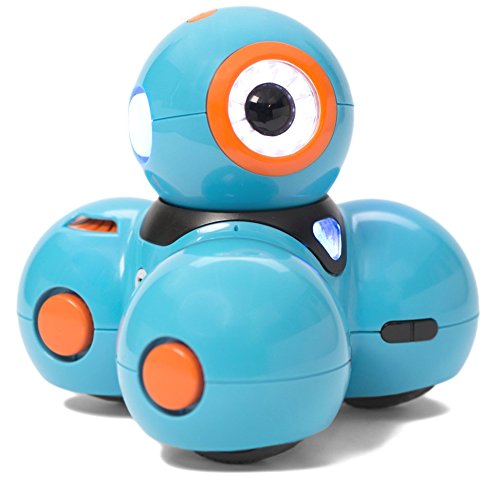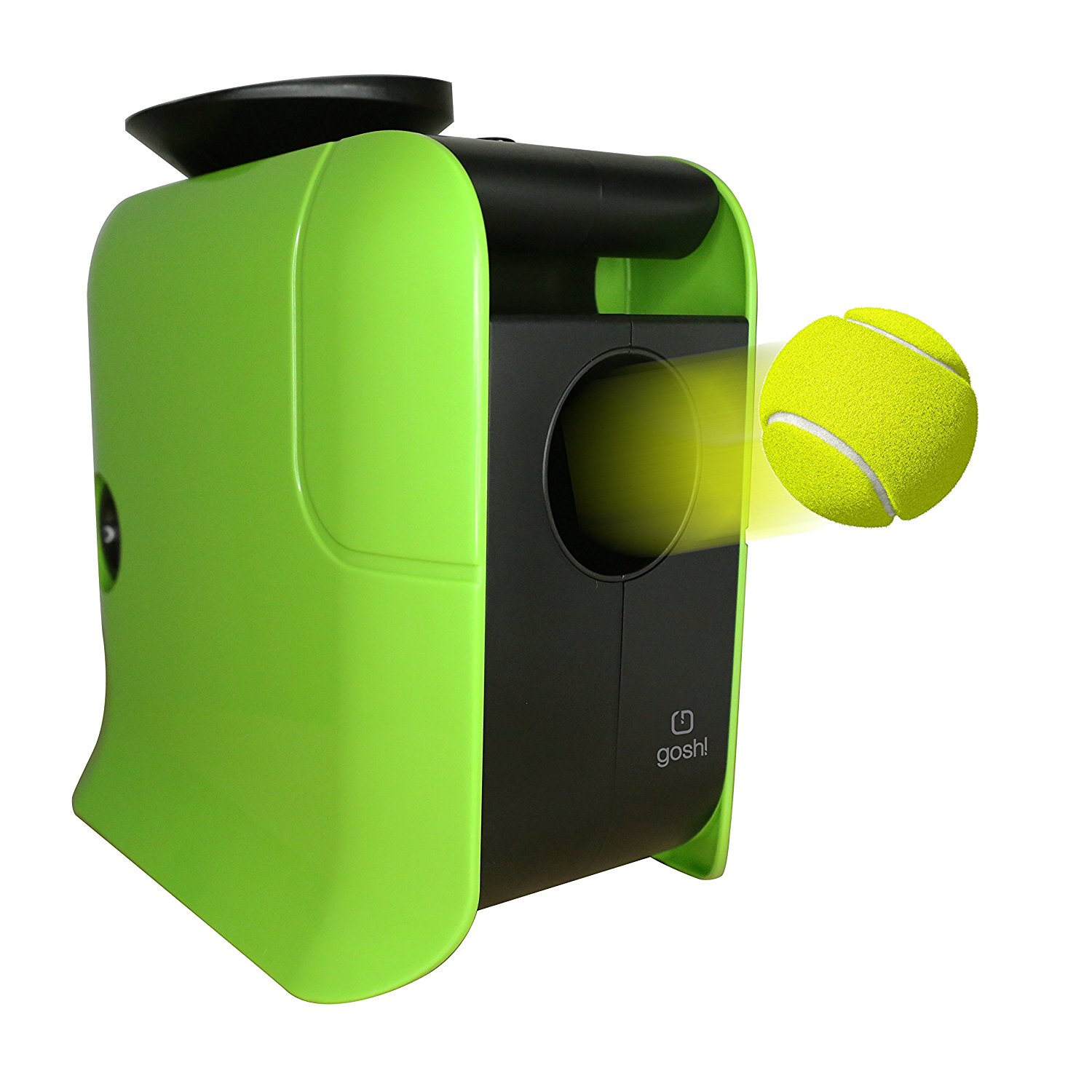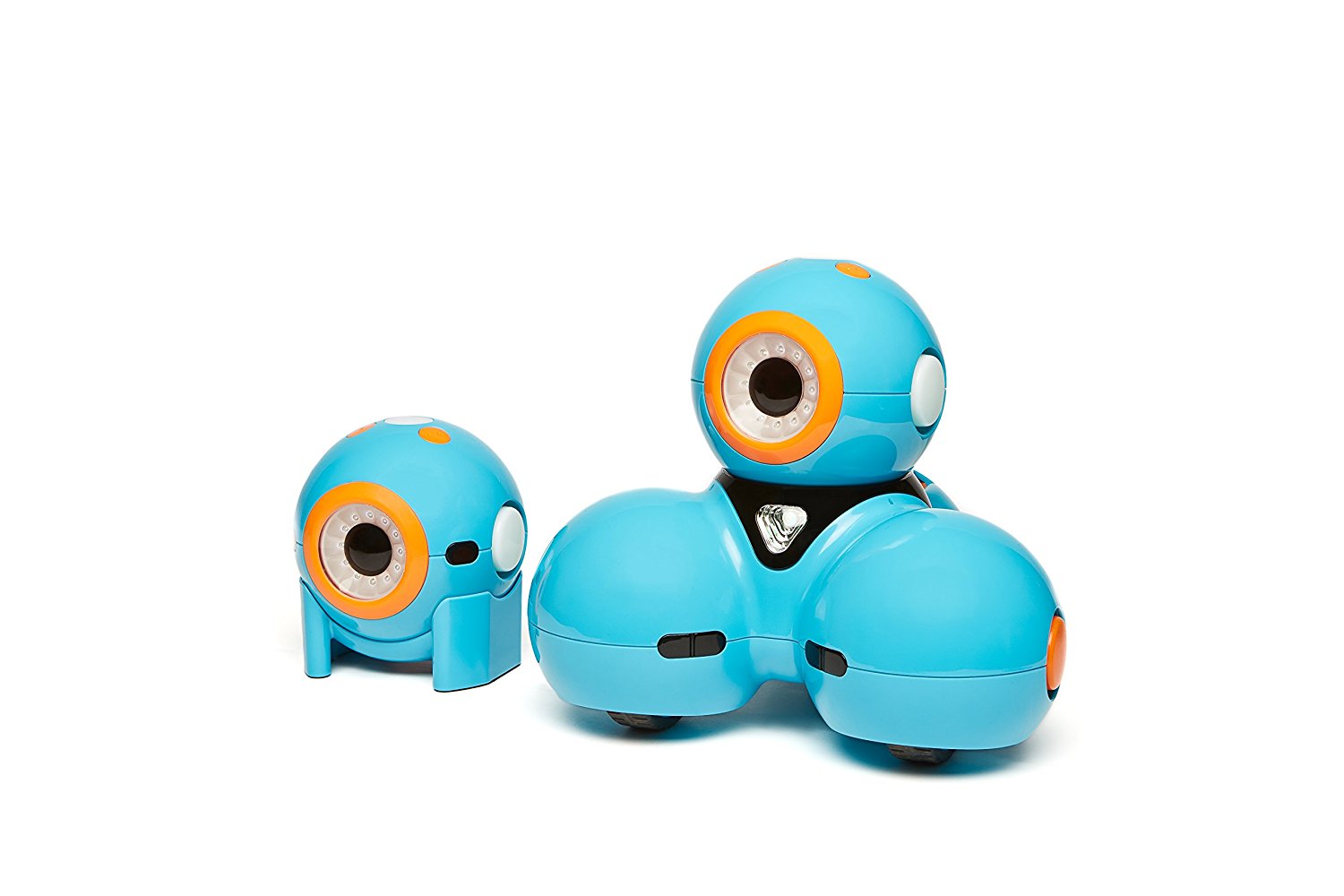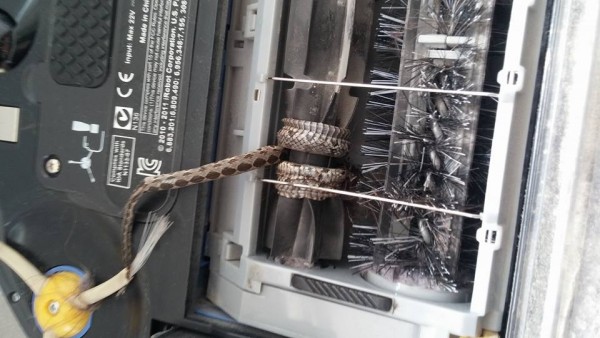Medical gadgets have gone a long way, especially because of the advancements in assist robotics, a field that Toyota has been exploring in the past few years.
The Japanese company has started testing the bionic leg and balance-gamification system back in 2011, and it’s now rolling out new versions of these in hospitals from its homeland. Called the Walk Training Assist and Balance Training Assist, these pieces of hardware will help paralyzed or recovering patients walk again.
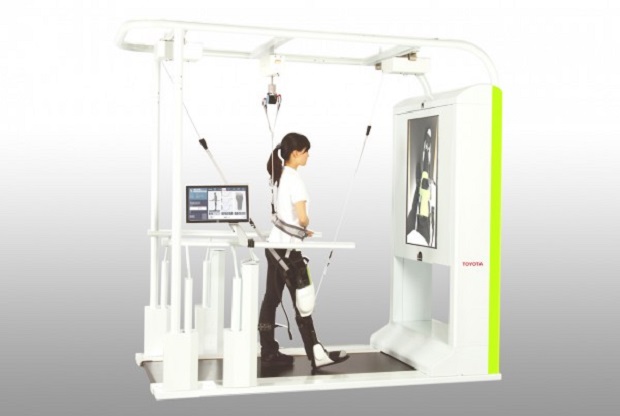
Toyota initially planned to launch the two versions of assist robotics last year, but 2013 came and went away without the Walk Training Assist or the Balance Training Assist becoming commercially available. Of course, the company is interested in selling these to as many hospitals as possible, and that’s actually the main goal now. The purchasing power of hospitals from around the world, correlated with the price of such robots, will determine the adoption rate. Ideally, every hospital that’s dealing with the recovery of function and mobility of paralyzed patients should own Toyota’s bionic leg and balance-gamification system, but unfortunately, we do not live in an ideal world.
The Walk Training Assist is basically a brace that covers the knee and the lower-leg. Some of the things this robot can help recovering patients with are knee-straightening, body-weight support and adequate leg-swing. Variable resistance levels have been added so that the Walk Training Assist adjusts to the wearer’s progress. Joint-angle and walking data are transmitted to a screen for visual feedback, but audio queues are also available.
The Balance Training Assist might have well be inspired from the Nintendo Wii Balance Board game, as it displays a character on a screen that can be controlled by the patient. This robot consists of a Segway-resembling device that helps patients maintain their balance. As mentioned before, this system is based on games that train balance, and besides the tennis task, Toyota is thinking about adding skiing and rodeo. Obviously, the difficulty levels are correlated with the patient’s rehabilitation progress.
Honda, the maker of ASIMO, is also working on robotic prosthetics and assisted-walking devices based on research regarding the humanoid robot. In other words, Japanese companies seem to give this field a lot of thought, and since many of the events leading to paralysis cannot be avoided, I believe it’s good that someone is considering solutions for restoring the mobility of patients with such problems.
Be social! Follow Walyou on Facebook and Twitter, and read more related stories about ViScope MD, the visual stethoscope with murmur signal wave display, and the SmartMio wearable sports muscle stimulator.


